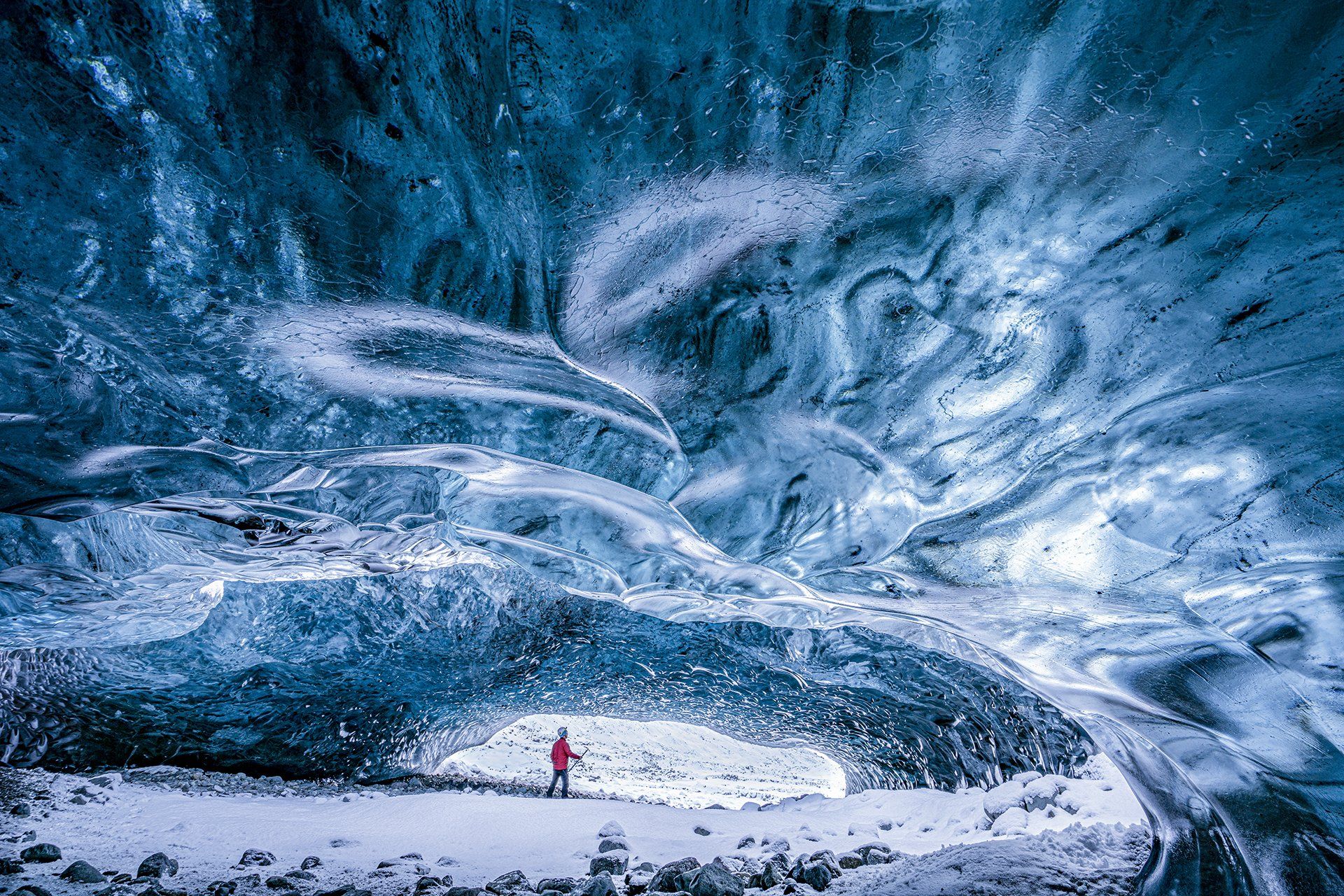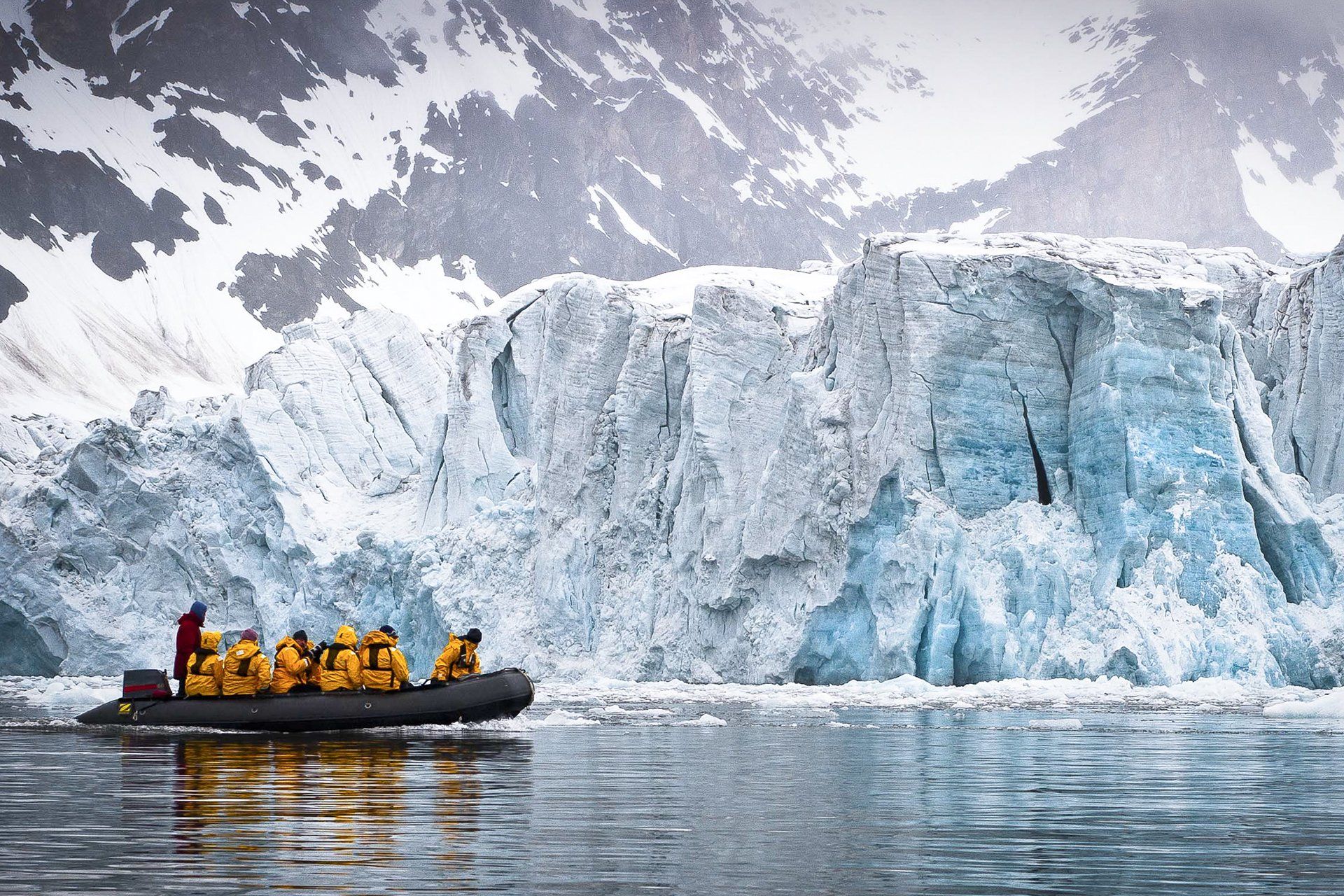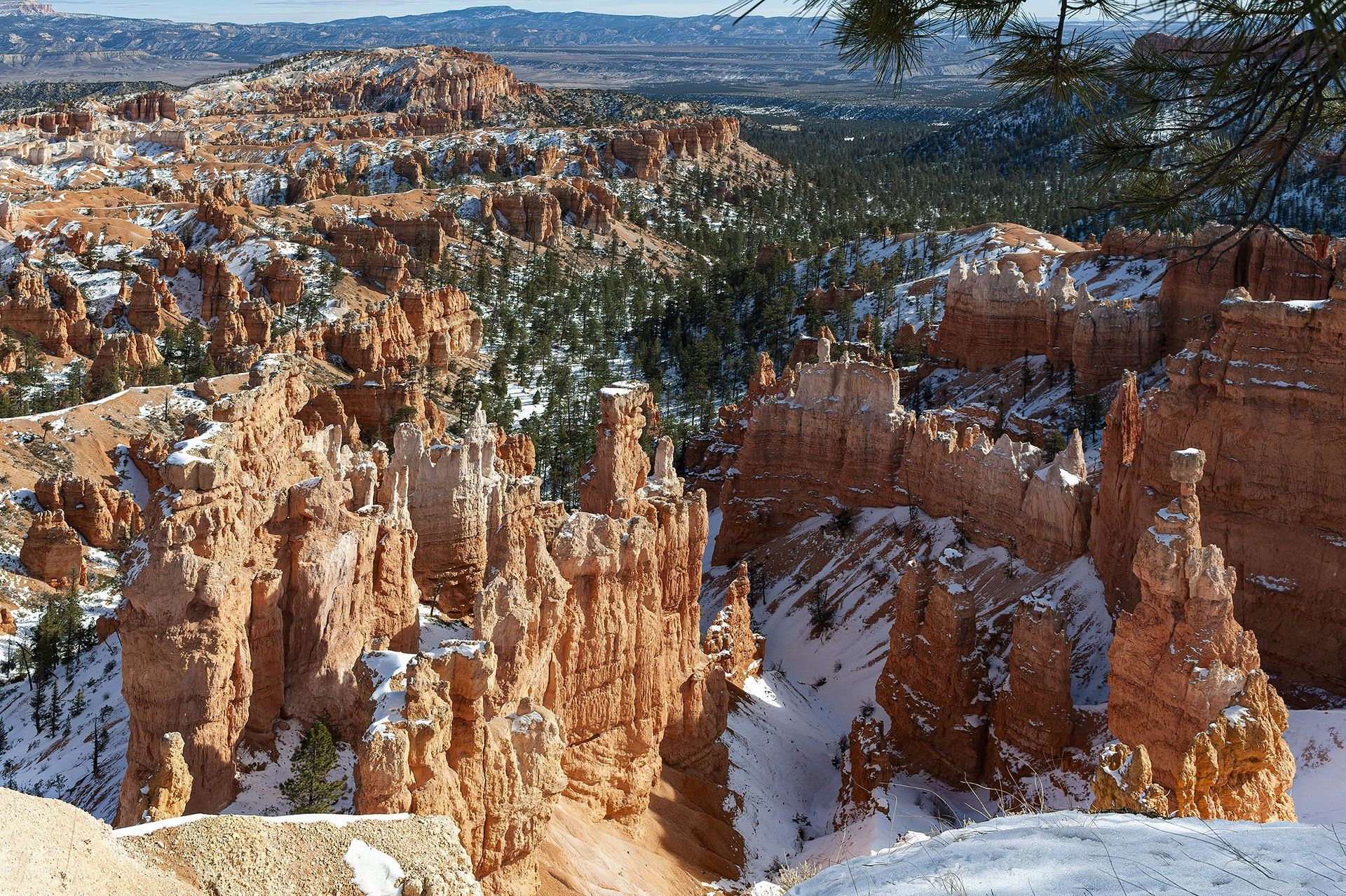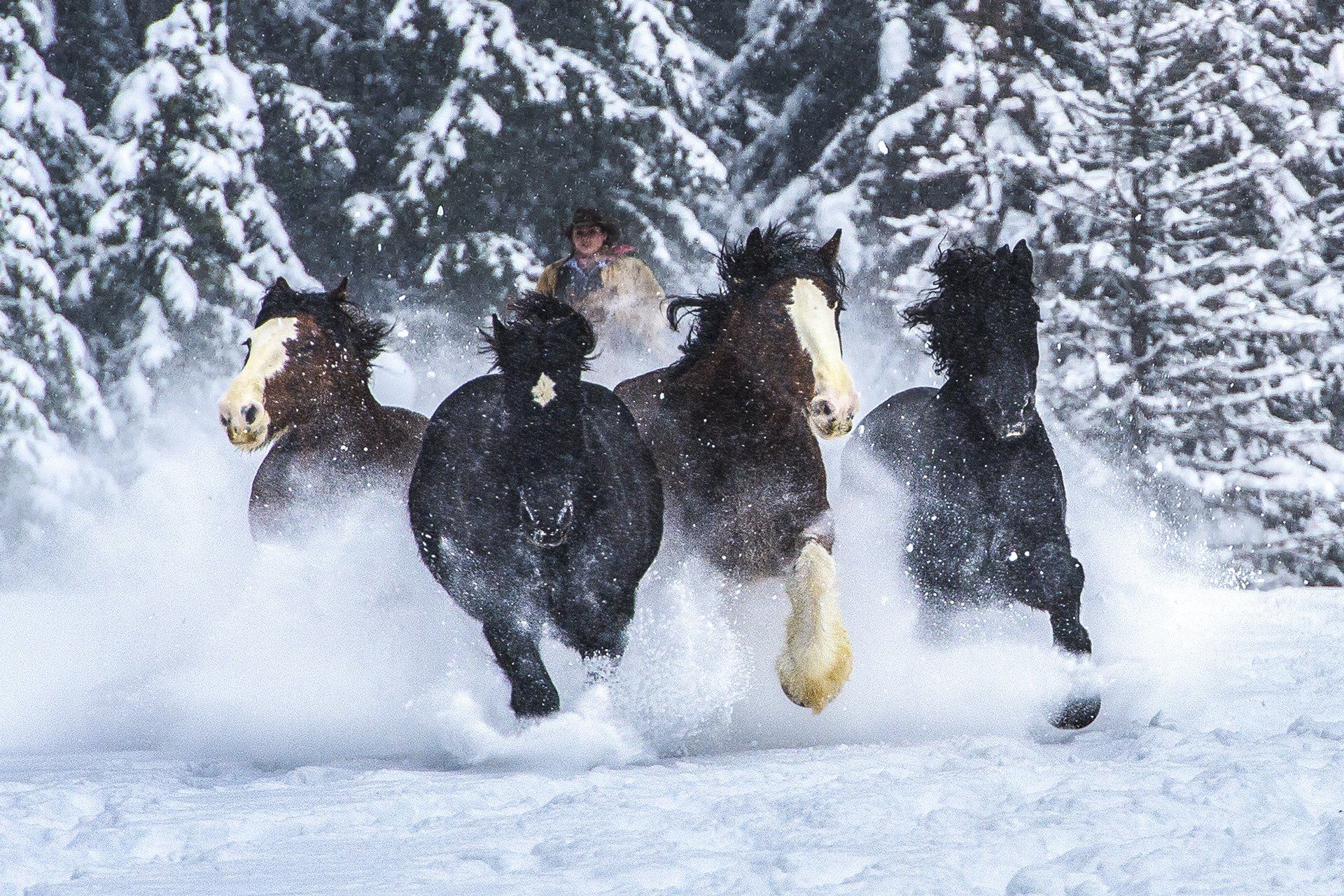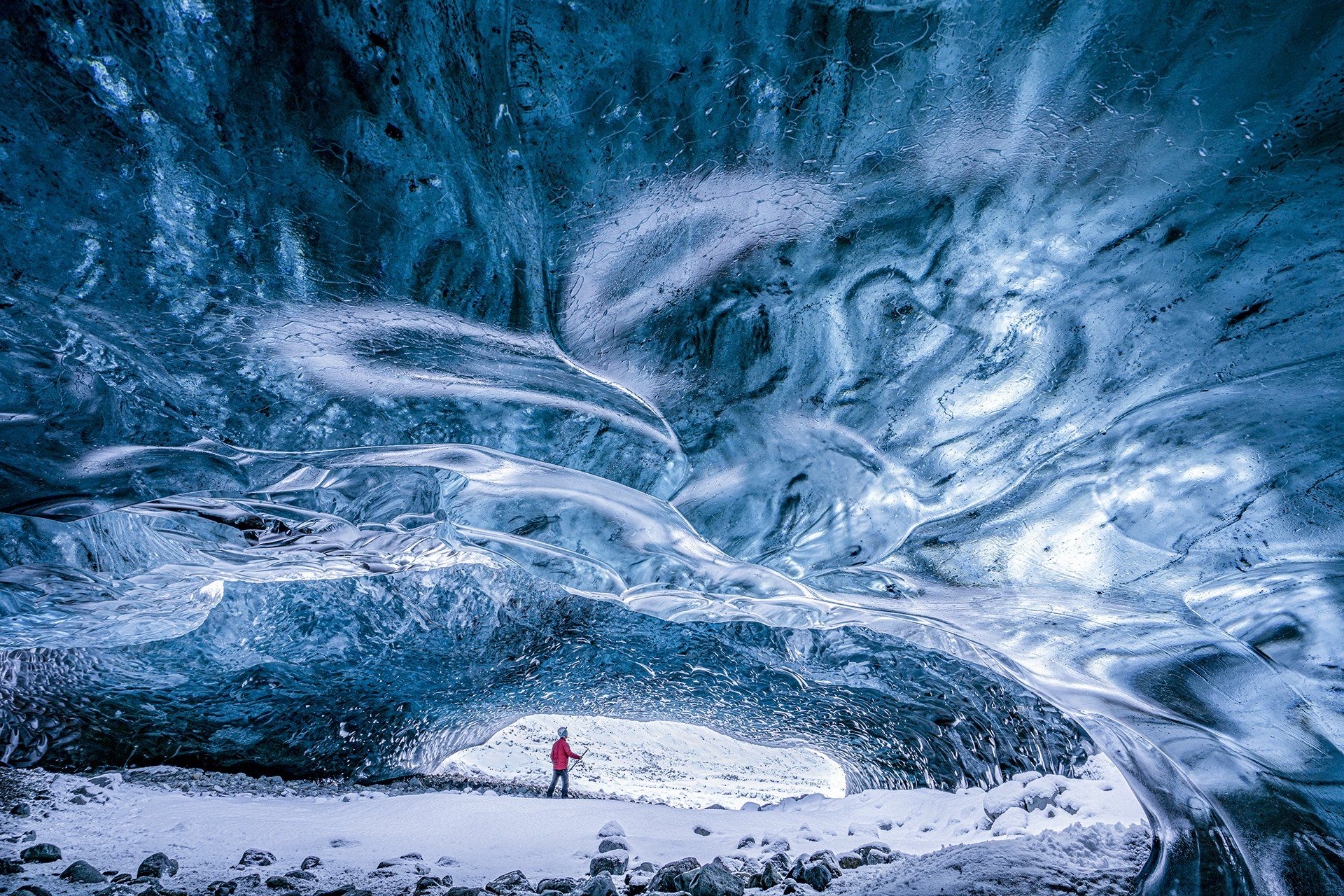
Slide title
Write your caption hereButton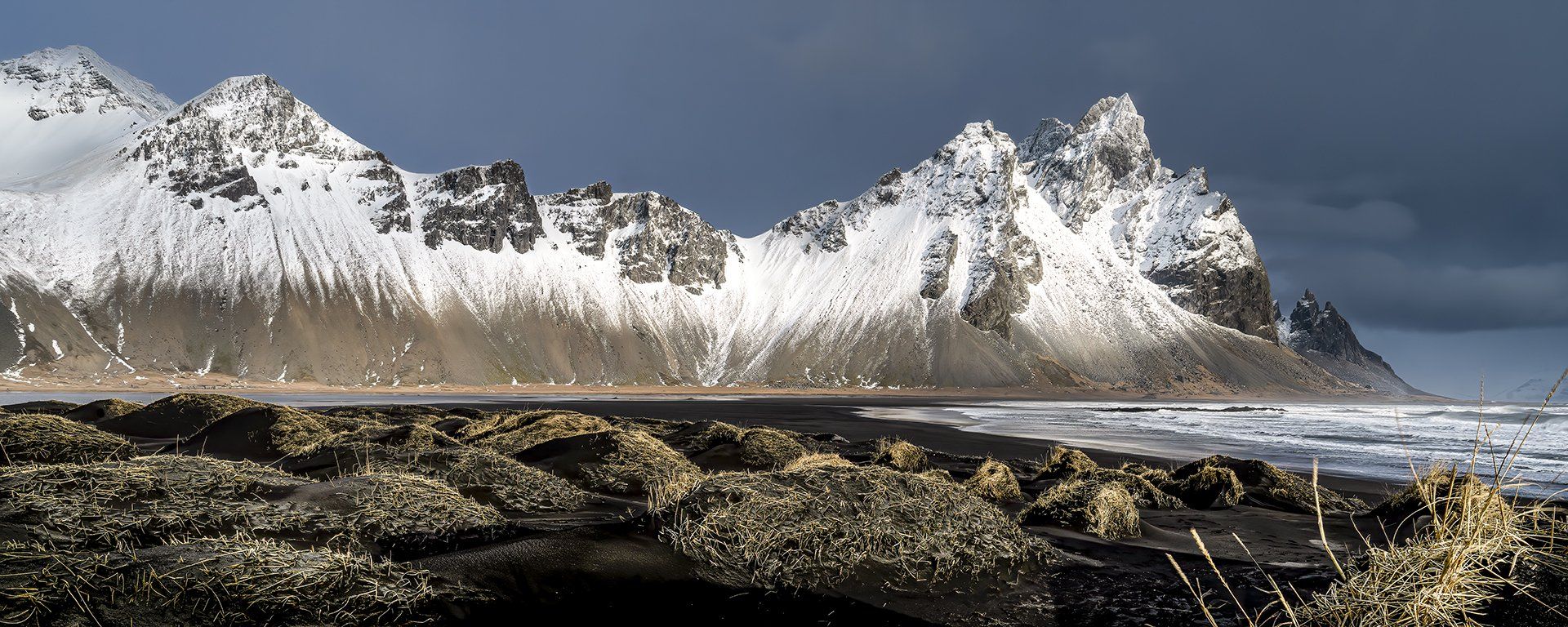
Slide title
Write your caption hereButton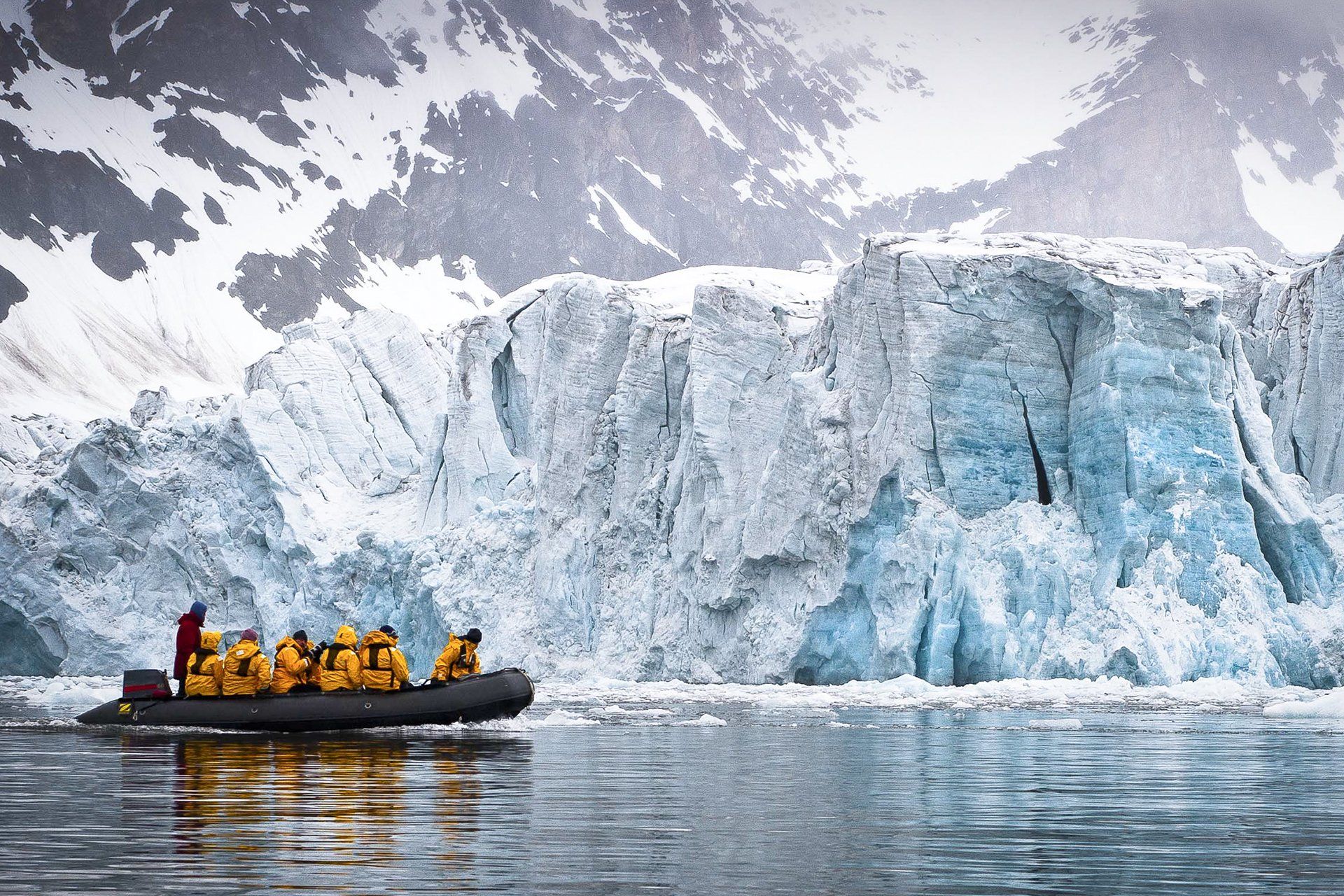
Slide title
Write your caption hereButton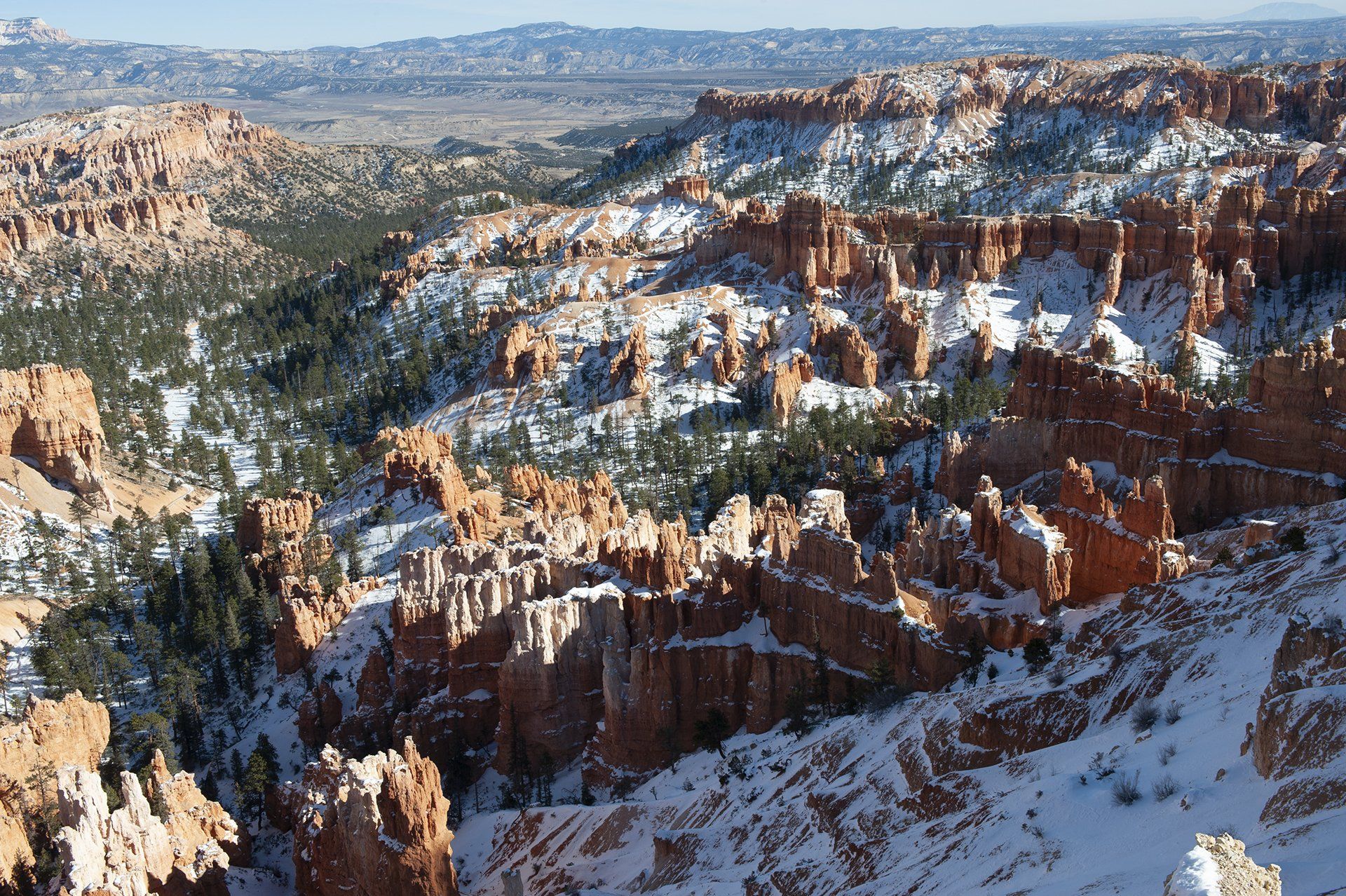
Slide title
Write your caption hereButton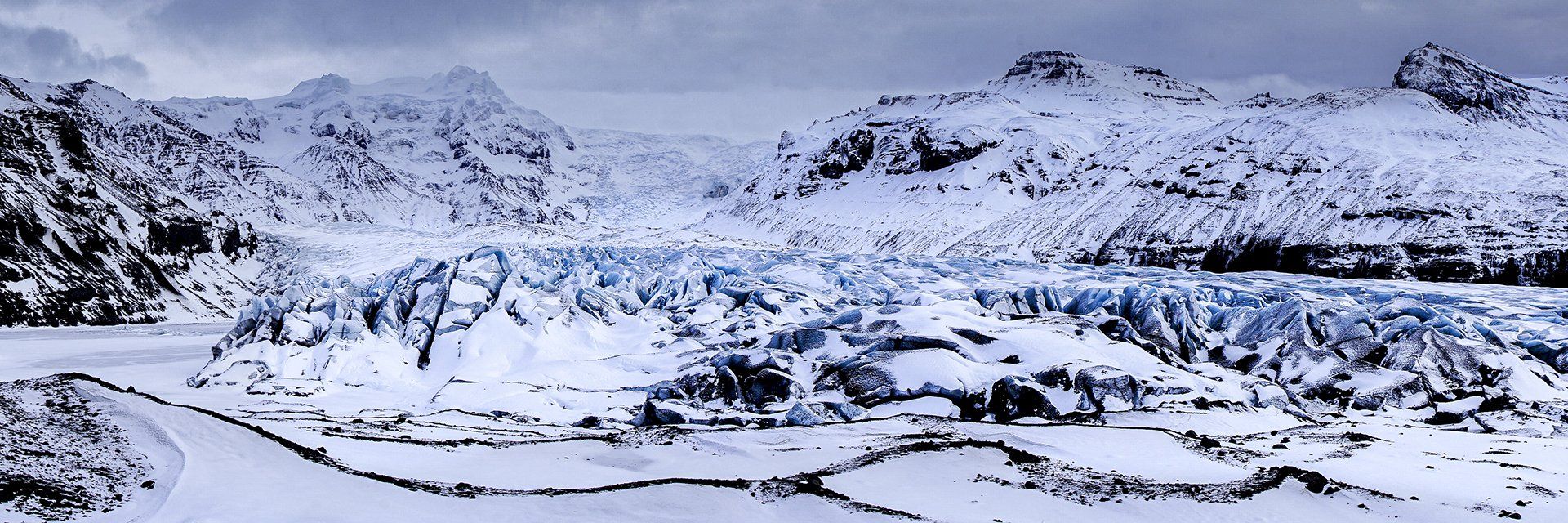
Slide title
Write your caption hereButton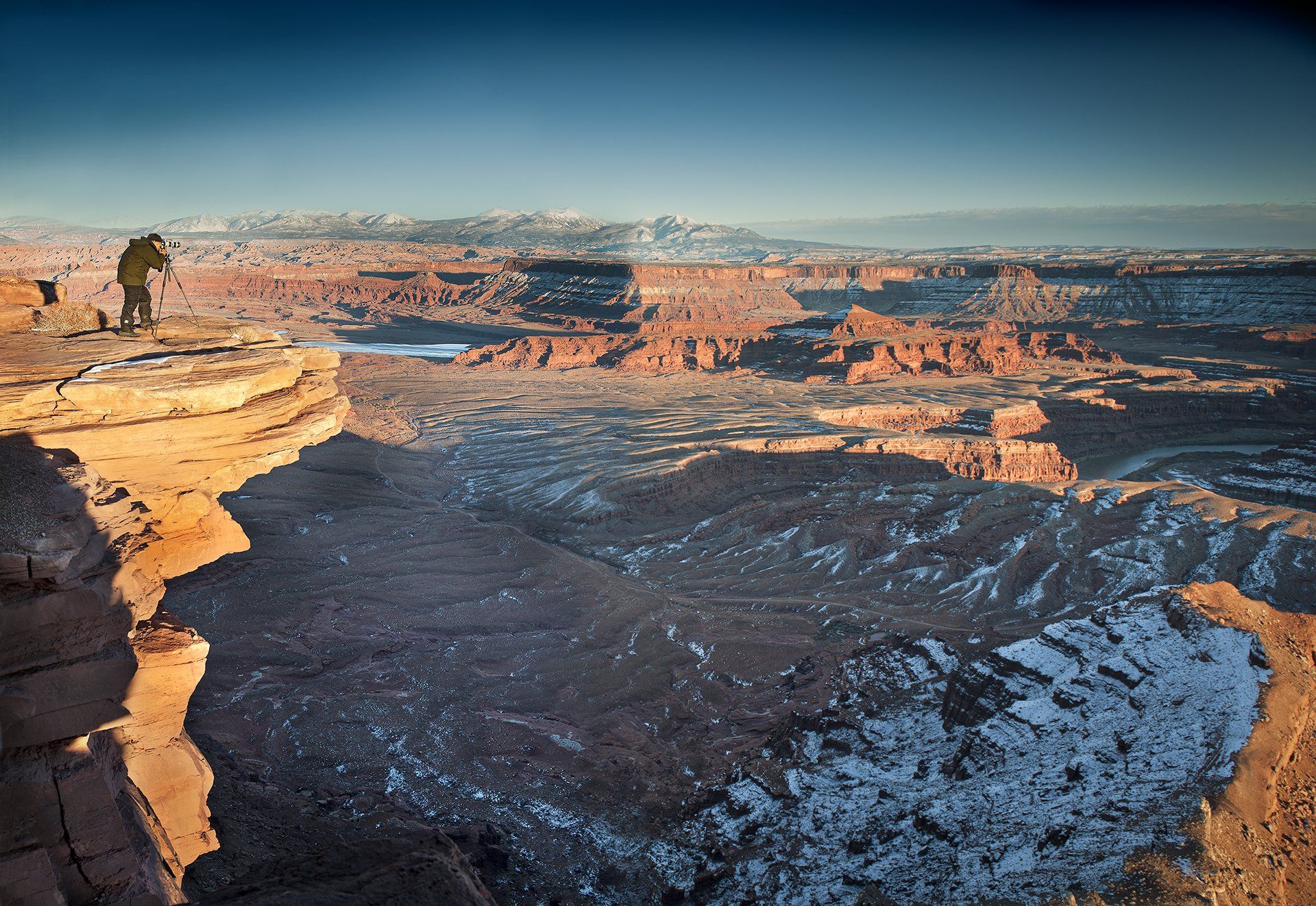
Slide title
Write your caption hereButton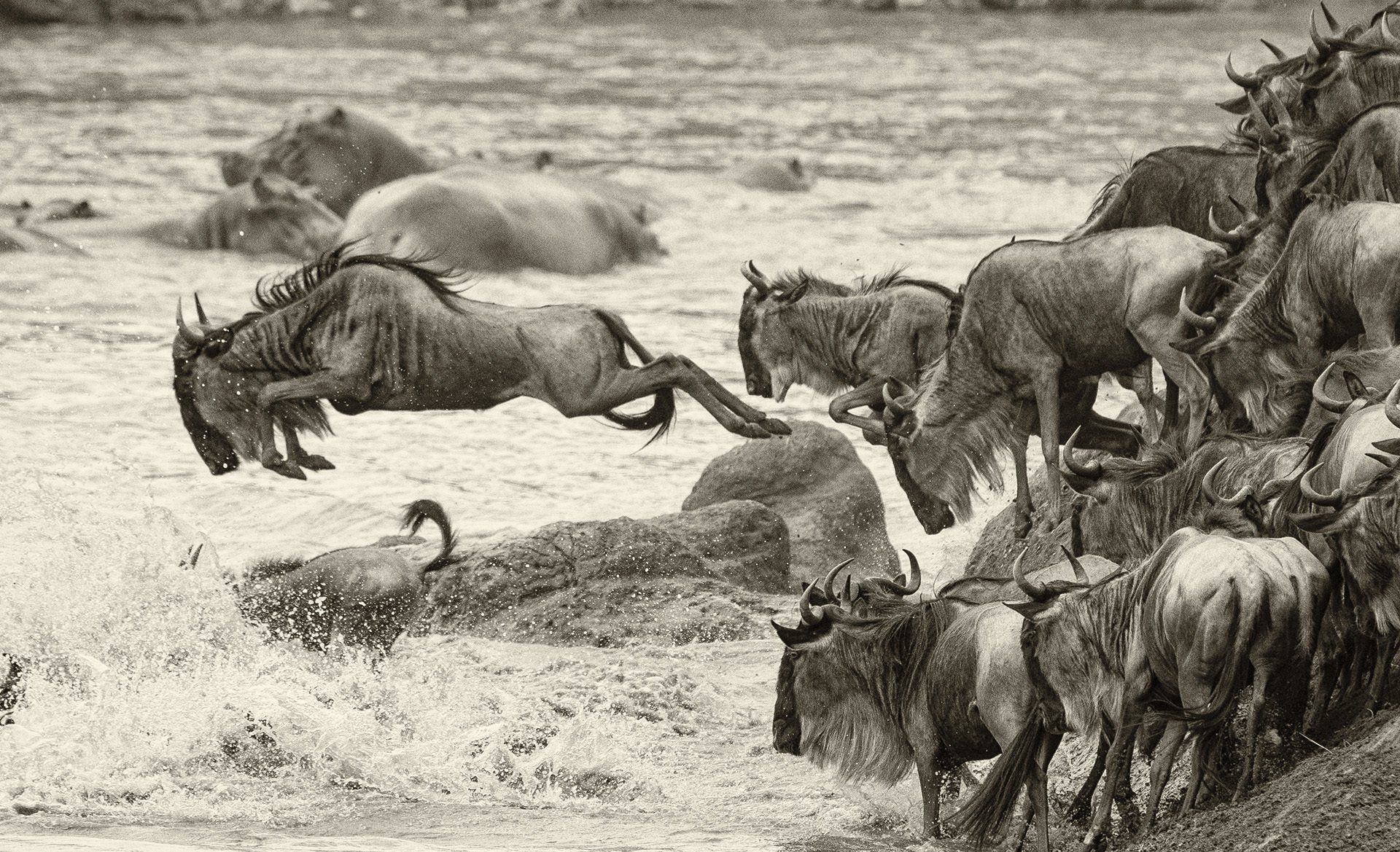
Slide title
Write your caption hereButton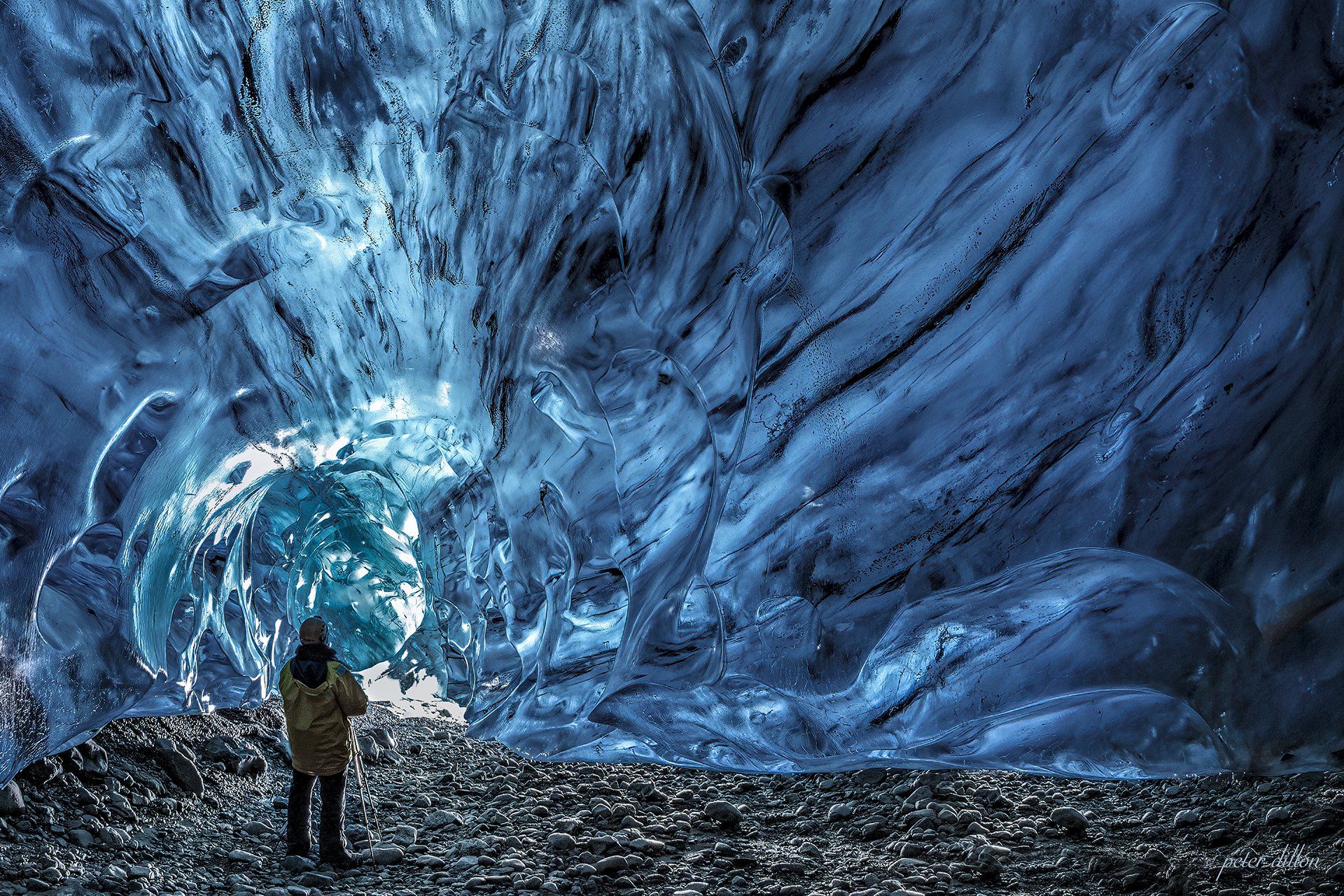
Slide title
Write your caption hereButton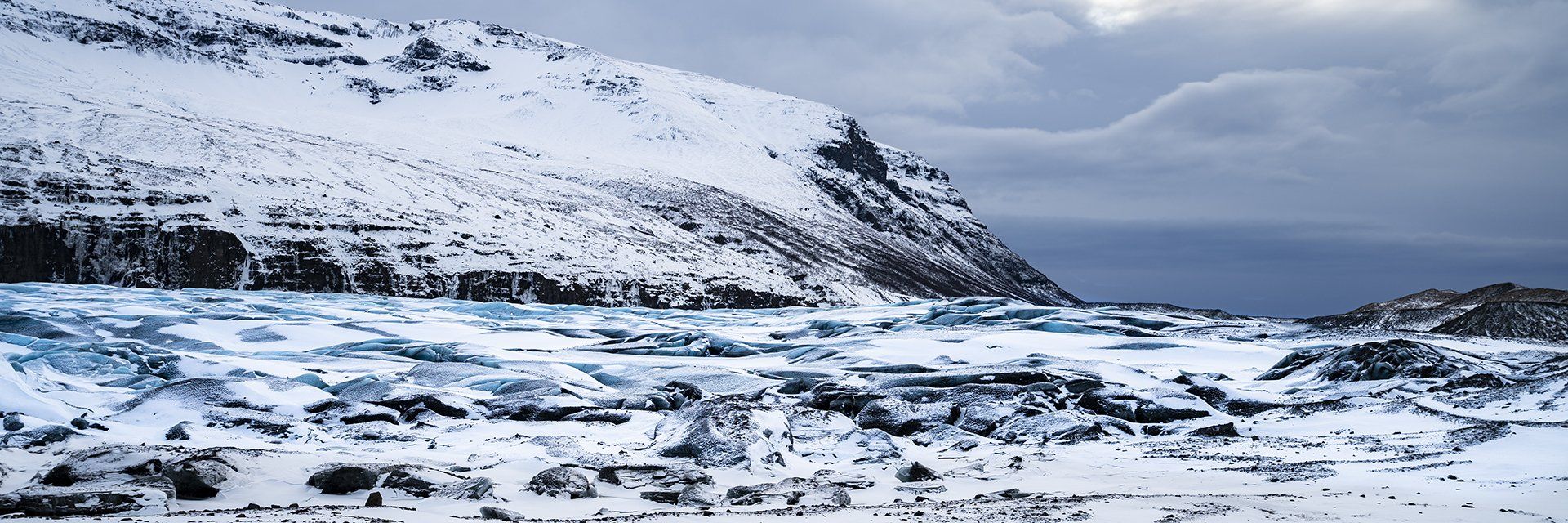
Slide title
Write your caption hereButton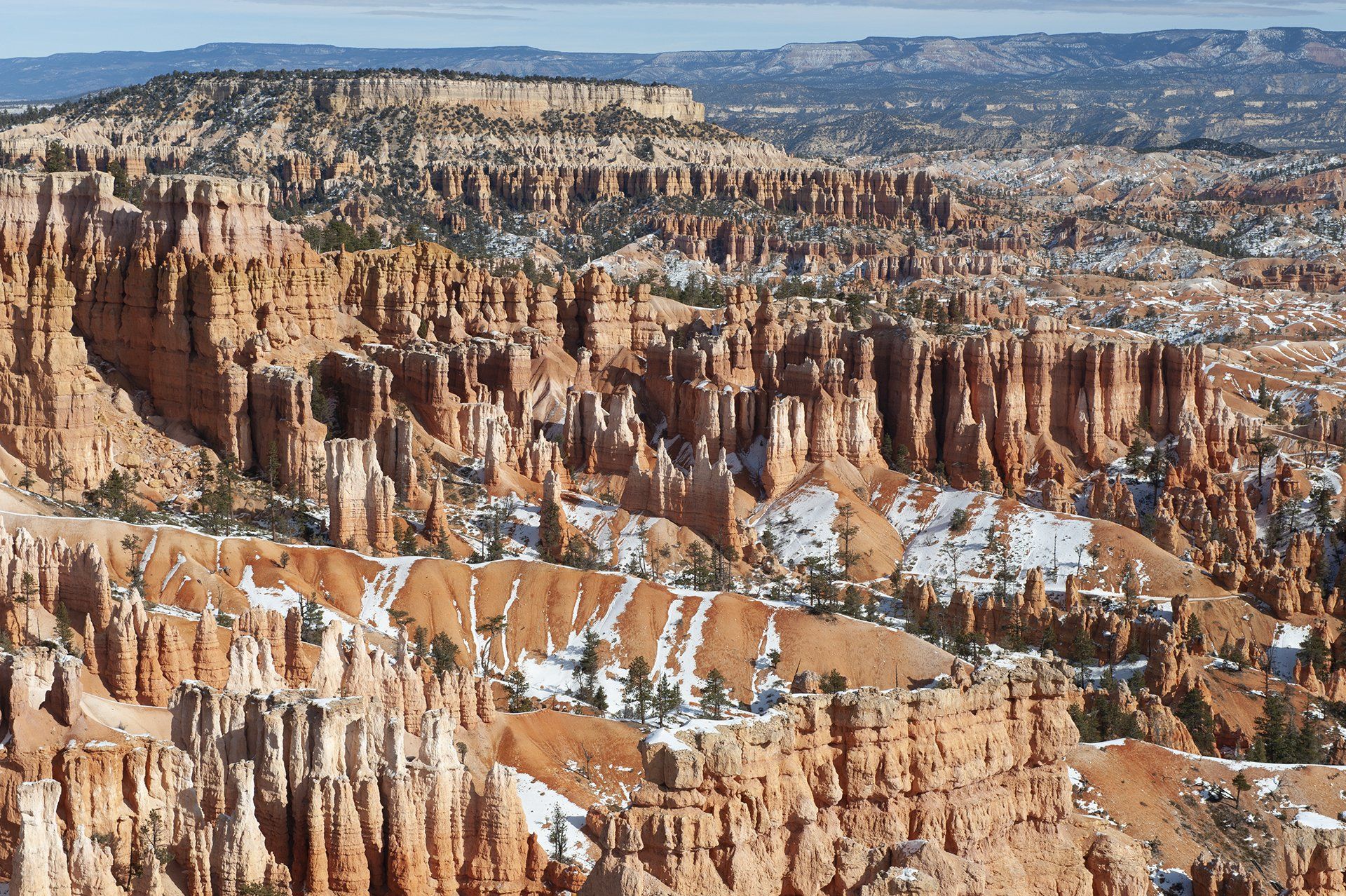
Slide title
Write your caption hereButton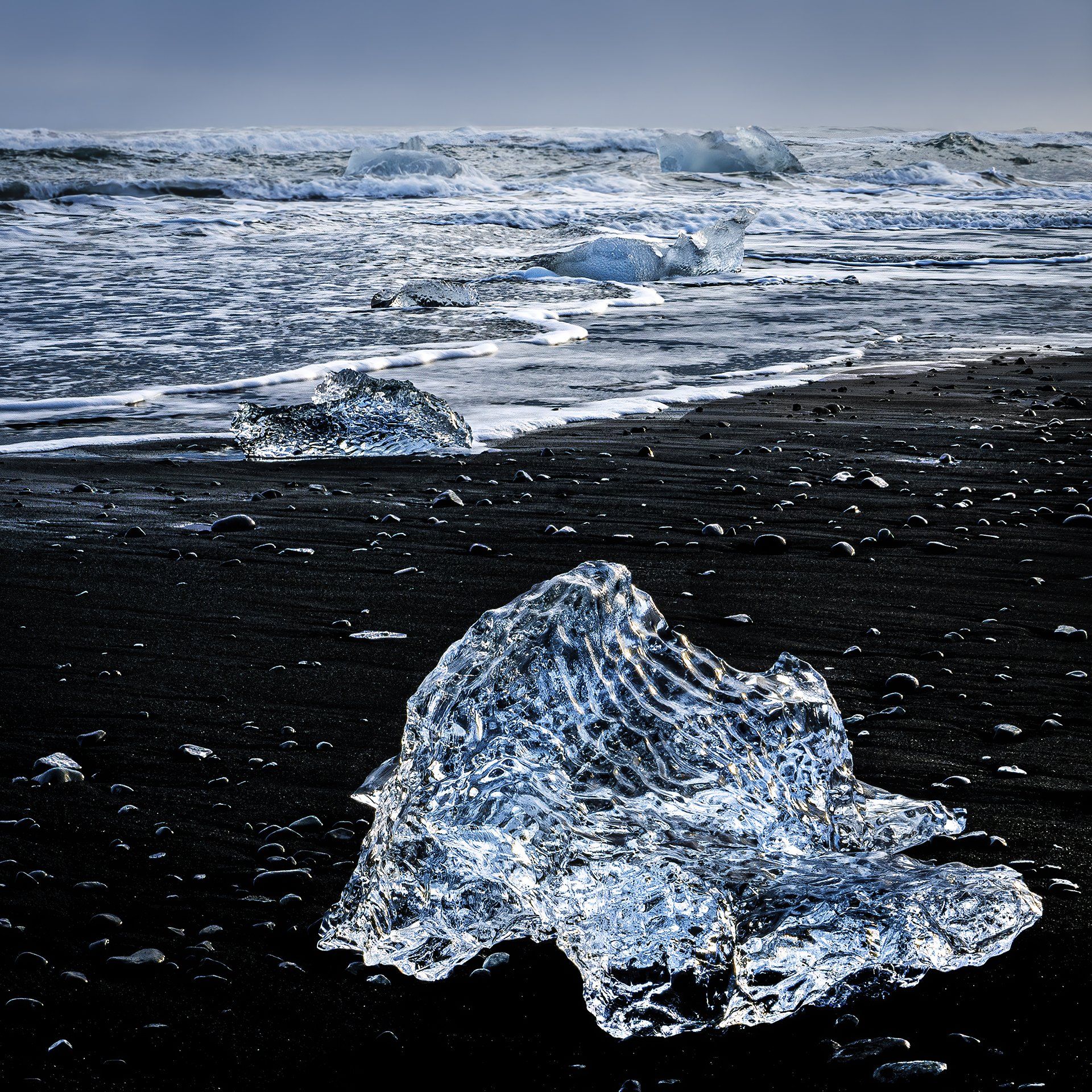
Slide title
Write your caption hereButton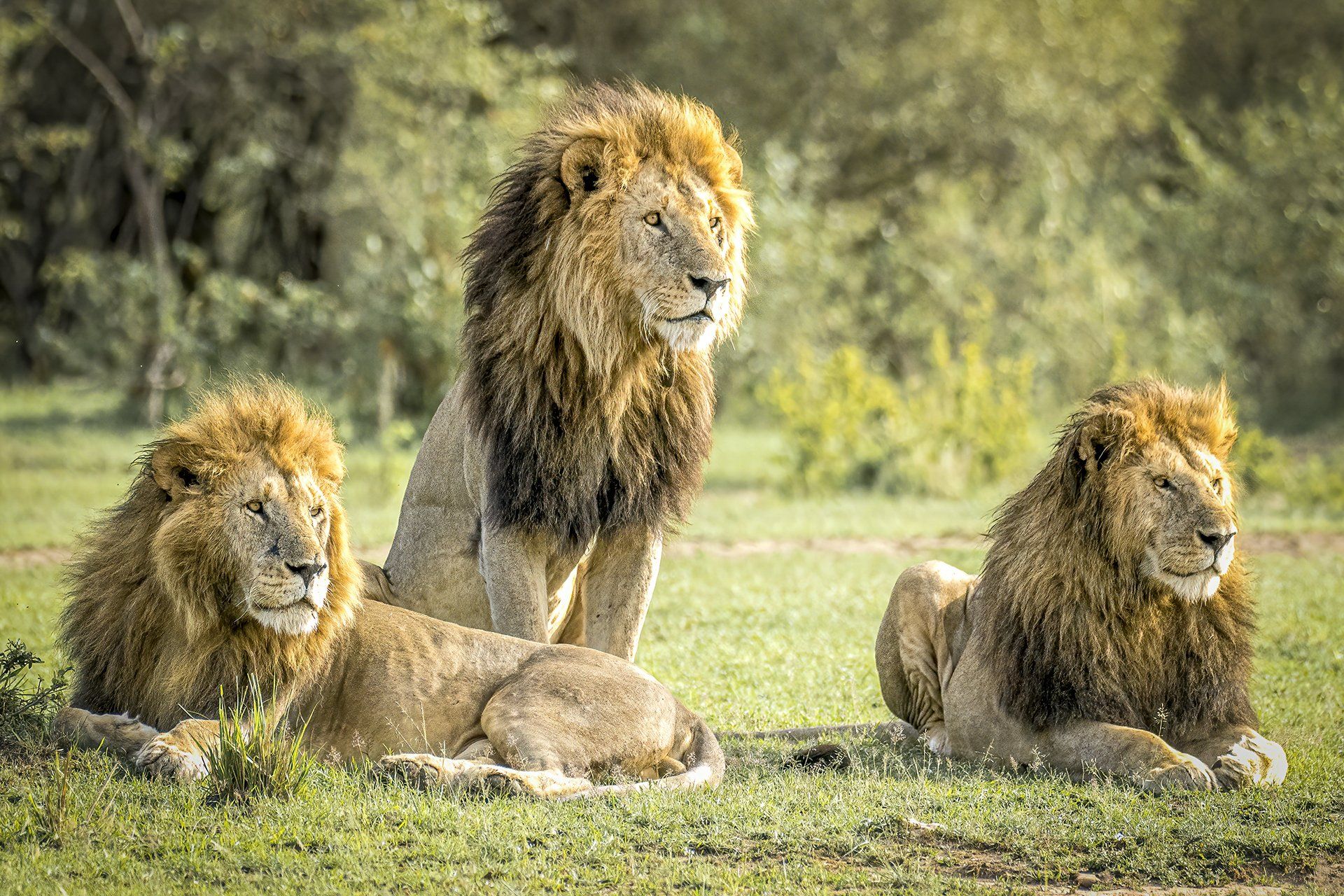
Slide title
Write your caption hereButton
Capturing Nature
- elegance and simplicity-

Celestial Caves
Peter has travelled to Iceland on several occasions to capture the immense and extraordinary structures. Ice caves, by nature, are dark, cold and awe-inspiring places. The simple act of taking a photo inside one may seem ten thousand times more difficult than shooting anywhere else on the planet.
Iceland’s impressive glacier caves form naturally. When water melts, it carves out breathtaking tunnels and caves beneath thick sheets of ice. As glaciers are always on the move and the ice continues to melt, each ice cave is constantly varying in structure, changing and evolving into different shapes, sizes and formations.
The dynamic nature of an ice cave means that it may be accessible on occasions, yet other years it may be inaccessible or might not even exist at all! As such, each and every visit to one of Iceland’s ice caves becomes a completely unique photographic experience, offering different opportunities - from unusual formations in the ice to peculiar patterns and even striating colours in the frozen cave walls.
Peter looks for the opportunities to visit a particular ice cave before it disappears, never to form again.

Celestial Caves
Peter has travelled to Iceland on several occasions to capture the immense and extraordinary structures. Ice caves, by nature, are dark, cold and awe-inspiring places. The simple act of taking a photo inside one may seem ten thousand times more difficult than shooting anywhere else on the planet.
Iceland’s impressive glacier caves form naturally. When water melts, it carves out breathtaking tunnels and caves beneath thick sheets of ice. As glaciers are always on the move and the ice continues to melt, each ice cave is constantly varying in structure, changing and evolving into different shapes, sizes and formations.
The dynamic nature of an ice cave means that it may be accessible on occasions, yet other years it may be inaccessible or might not even exist at all! As such, each and every visit to one of Iceland’s ice caves becomes a completely unique photographic experience, offering different opportunities - from unusual formations in the ice to peculiar patterns and even striating colours in the frozen cave walls.
Peter looks for the opportunities to visit a particular ice cave before it disappears, never to form again.

Immersive Ice
Landscape photography aims typically to capture the presence of natures wild, but it can also focus on man-made features or disturbances of landscapes. The vast and unending array of natures power and scale imagined in a single frame.
Peters love for, and encounters with, photographing ice, icebergs, and arctic landscapes is represented through his immersive ice portfolio. From the black beaches of Iceland to adorable winter wildlife, Peters polar travel seeks the scale and uniqueness of this undiscovered land.
Capturing the moments, from the impressive size to the shape and the intense blue of the ice, with pockets of light shining through with a dramatic feel.
He is always looking for objects to include that can either give a sense of the scale to the viewer, or a way where it can frame another subject. The many shapes, colours and size of the icebergs never cease to amaze in these predominantly white scapes.

Immersive Ice
Landscape photography aims typically to capture the presence of natures wild, but it can also focus on man-made features or disturbances of landscapes. The vast and unending array of natures power and scale imagined in a single frame.
Peters love for, and encounters with, photographing ice, icebergs, and arctic landscapes is represented through his immersive ice portfolio. From the black beaches of Iceland to adorable winter wildlife, Peters polar travel seeks the scale and uniqueness of this undiscovered land.
Capturing the moments, from the impressive size to the shape and the intense blue of the ice, with pockets of light shining through with a dramatic feel.
He is always looking for objects to include that can either give a sense of the scale to the viewer, or a way where it can frame another subject. The many shapes, colours and size of the icebergs never cease to amaze in these predominantly white scapes.

Encounter Earth
Landscape photography is capturing an image that embodies the spirit of that place. It carries a sense of being there. To see something incredible. It's feeling those same emotions that you felt. Hearts should jump, standing in the middle of nature, capturing something amazing.
Being out in the middle of nowhere, surrounded by nature, without a single person around? It’s a crazy feeling. You can look around and you feel like you’re a part of it. Walking on untouched sand in the middle of a desert, no man-made structures in sight, with tripod in-hand, looking to capture the feeling, the smell, the heat, the vision.
Landscape photography is spending all day watching, waiting, telling yourself that the sunset will be incredible. It is all about giving the viewer a sense of the world that you saw. That is landscape photography.

Encounter Earth
Landscape photography is capturing an image that embodies the spirit of that place. It carries a sense of being there. To see something incredible. It's feeling those same emotions that you felt. Hearts should jump, standing in the middle of nature, capturing something amazing.
Being out in the middle of nowhere, surrounded by nature, without a single person around? It’s a crazy feeling. You can look around and you feel like you’re a part of it. Walking on untouched sand in the middle of a desert, no man-made structures in sight, with tripod in-hand, looking to capture the feeling, the smell, the heat, the vision.
Landscape photography is spending all day watching, waiting, telling yourself that the sunset will be incredible. It is all about giving the viewer a sense of the world that you saw. That is landscape photography.

Wonderful Wildlife
Wildlife photography is a popular and rewarding discipline. It's outdoors and amongst the natural world. It’s also one of the more difficult photography challenges. It’s a genre of photography that captures animals living in the wild.
Wildlife photography has a broad spectrum. It encompasses all species, and their natural world.
The most tricky part is achieving proper focus. Animals can move fast and, understandably, rapidly change their positioning relative to your plane of focus. Understanding how to utilise different focus modes and readily frame up your subject is key to a great wildlife photo.
A great wildlife photo is probably making use of light in a more unusual way. Capturing good photos in low light is tricky, and is one of the reasons that wildlife photography is so difficult. After all, light makes or breaks a picture.

Wonderful Wildlife
Wildlife photography is a popular and rewarding discipline. It's outdoors and amongst the natural world. It’s also one of the more difficult photography challenges. It’s a genre of photography that captures animals living in the wild.
Wildlife photography has a broad spectrum. It encompasses all species, and their natural world.
The most tricky part is achieving proper focus. Animals can move fast and, understandably, rapidly change their positioning relative to your plane of focus. Understanding how to utilise different focus modes and readily frame up your subject is key to a great wildlife photo.
A great wildlife photo is probably making use of light in a more unusual way. Capturing good photos in low light is tricky, and is one of the reasons that wildlife photography is so difficult. After all, light makes or breaks a picture.
"Capturing Nature with elegance and simplicity."
Peter Dillon has provided a specialised outlook for unique worldwide nature and travel photography for over 50 years. A constant journey to better and perfect his talent, Peter's portfolio stretches from the Icelandic ice fields to the African plains and American canyons............
Categories



